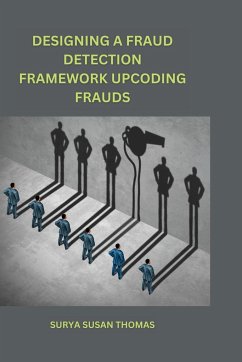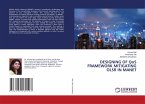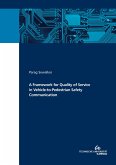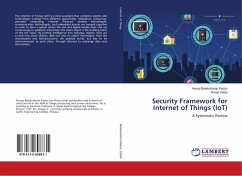In the ever-evolving landscape of business and commerce, fraud has become an unfortunate reality that organizations must combat. One prevalent form of fraud is upcoding, where goods or services are billed at higher prices than their actual value. To protect businesses and consumers alike, designing an effective fraud detection framework specifically tailored to identify and prevent upcoding frauds is of utmost importance. This framework aims to leverage advanced analytics, machine learning algorithms, and data-driven techniques to detect and mitigate upcoding frauds effectively. 1. Data Collection and Preparation: The first step in designing a fraud detection framework is to gather relevant data from various sources. This includes transactional data, product information, pricing data, customer profiles, and historical records. The collected data is then preprocessed to ensure accuracy, consistency, and reliability. This involves data cleaning, normalization, and integration to create a unified dataset ready for analysis. 2. Feature Engineering: Feature engineering plays a crucial role in fraud detection. Relevant features that can help identify upcoding frauds need to be extracted from the prepared dataset. These features may include price differentials, price-to-value ratios, product categories, customer demographics, and purchasing patterns. Feature engineering techniques, such as aggregation, transformation, and creation of new variables, are employed to enhance the discriminatory power of the dataset. 3. Algorithm Selection and Model Development: To detect upcoding frauds effectively, various machine learning algorithms and techniques are employed. These may include anomaly detection algorithms, supervised classification models, and ensemble methods. The selected algorithms are trained using the prepared dataset, with labeled instances of upcoding frauds and non-fraudulent transactions. The models are iteratively refined and tuned to improve their accuracy, precision, recall, and F1-score. 4. Real-time Monitoring and Alerting: A critical aspect of the fraud detection framework is real-time monitoring and alerting. The developed models are deployed in a production environment, where they continuously analyze incoming transactions and compare them against the trained models. Any transaction that exhibits suspicious patterns or deviates significantly from expected behavior is flagged as a potential upcoding fraud. Real-time alerts are generated, enabling prompt investigation and intervention to prevent further fraudulent activities. Conclusion: Designing a fraud detection framework specifically focused on upcoding frauds requires a comprehensive approach that combines data collection, preprocessing, feature engineering, algorithm selection, real-time monitoring, and human review. By leveraging advanced analytics and machine learning techniques, organizations can significantly enhance their ability to identify and prevent upcoding frauds, safeguarding their business interests and fostering trust with their customers.








